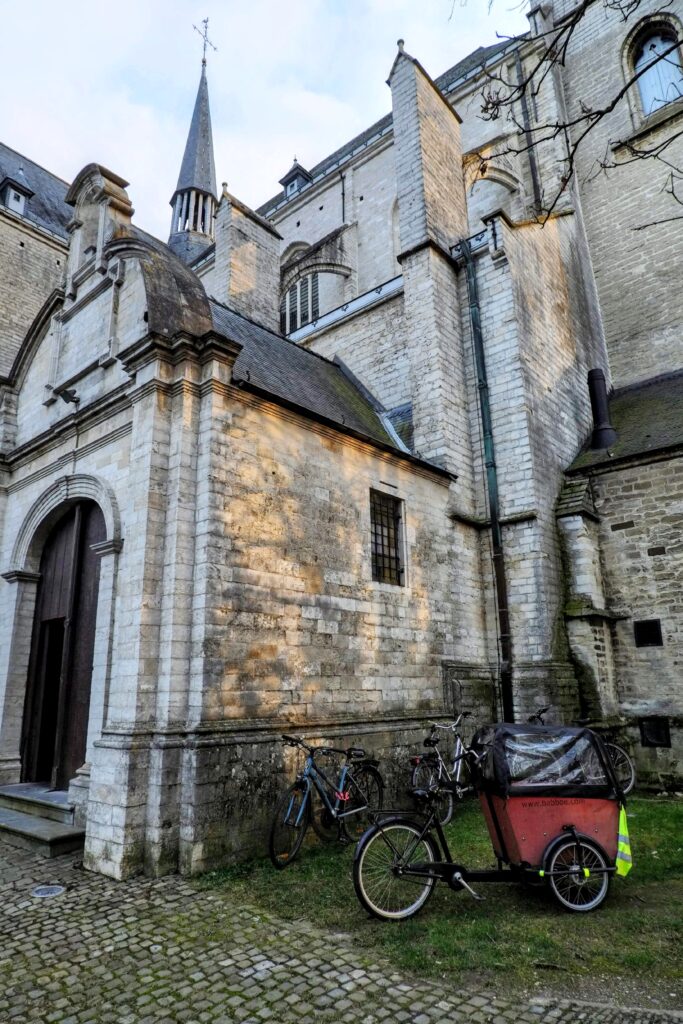It was an extraordinary, peculiar, totally different celebration of Ash Wednesday this year.
The ashes were imposed, as they are every year, with words centuries old. “Remember you are dust, and to dust you shall return” (Genesis 3:19) or “Repent and believe in the Gospel” (Mark. 1:15) are phrases that bring us back to the essence of this day.
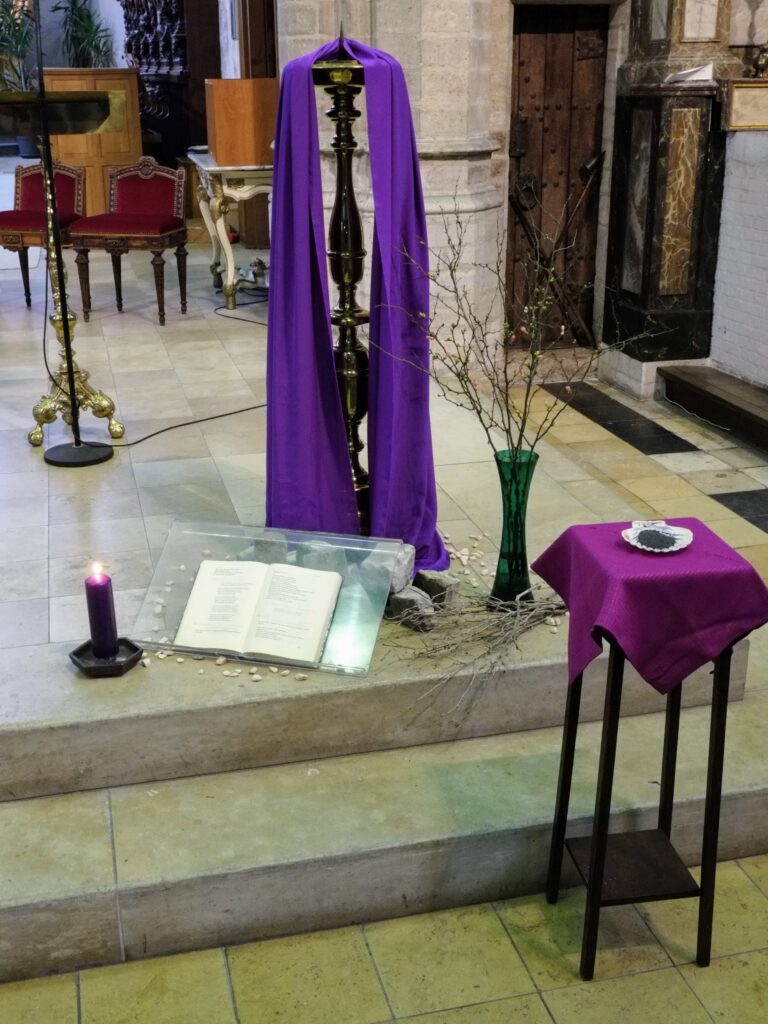
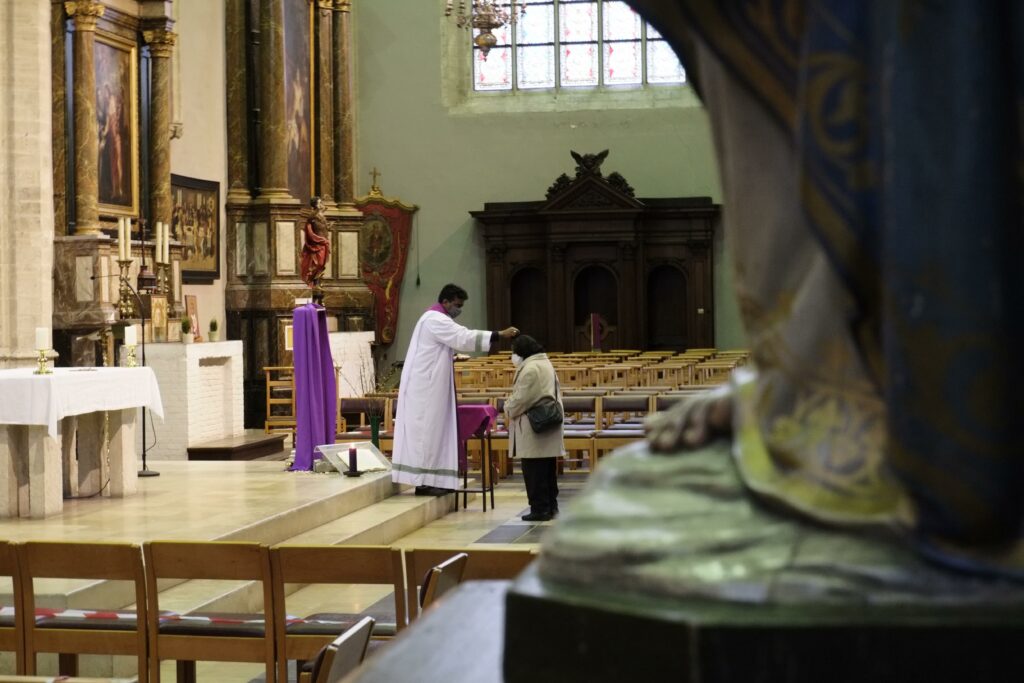
This was also the case in Sint Kwinten’s Church, where roughly ninety people – families, elderly people, many young people, Flemish, foreigners, acquaintances but also many strangers – had ashes sprinkled on their heads between five o’clock and eight o’clock in the evening, and so began their Lent. Many asked to receive the sacrament of reconciliation, and the space allocated for Eucharistic adoration was well visited.
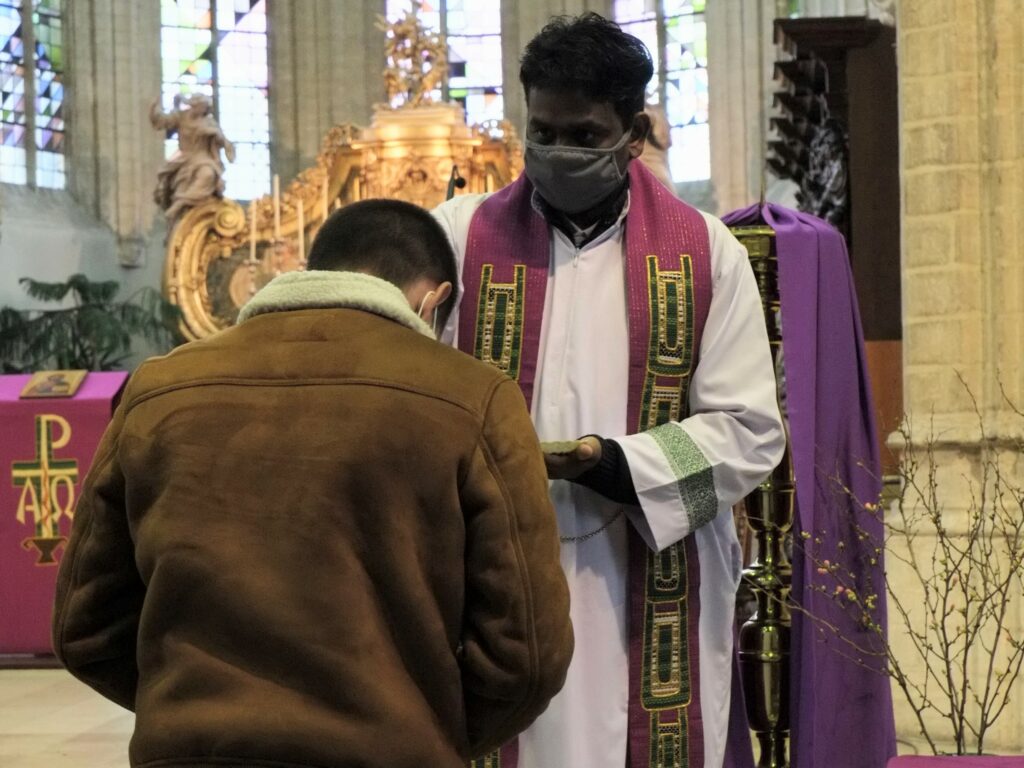
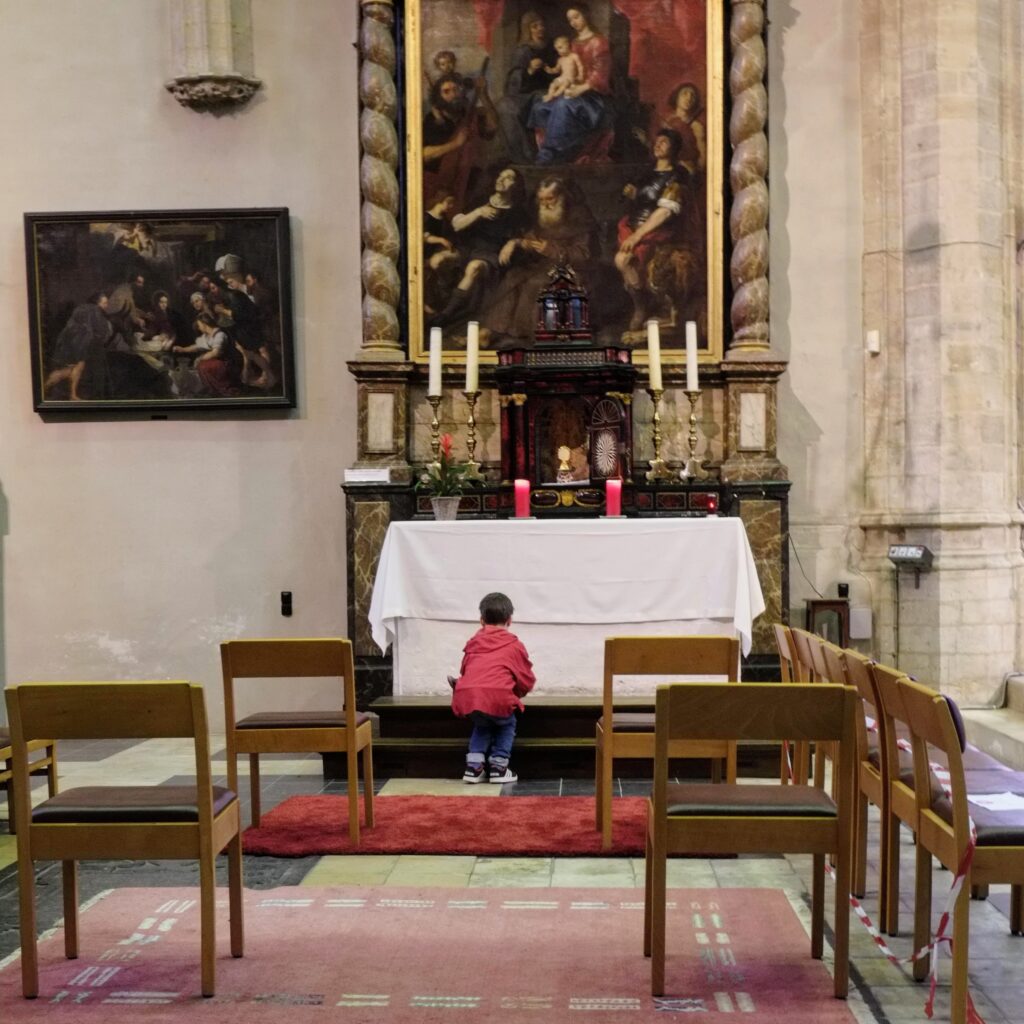
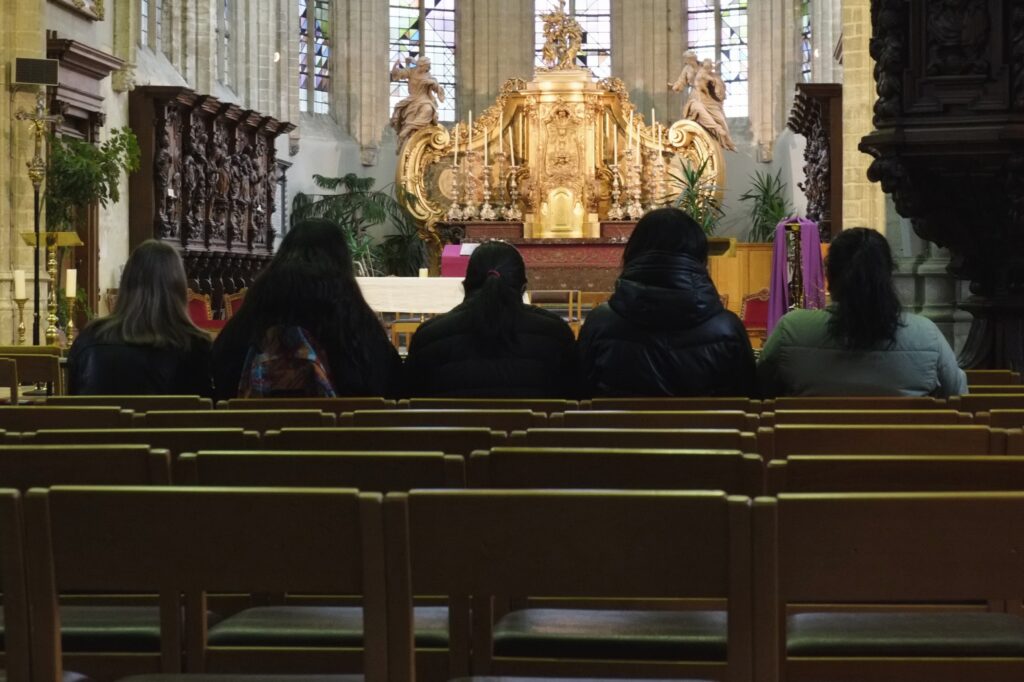
Ashes, the symbol of human impermanence, but at the same time utterly generative.
Ash is composed of concentrated minerals that are quickly absorbed by the soil : just look at what springs up after a forest fire or moorland fire. Along the flanks of volcanoes you find the most fertile soils. Isn’t that amazing?
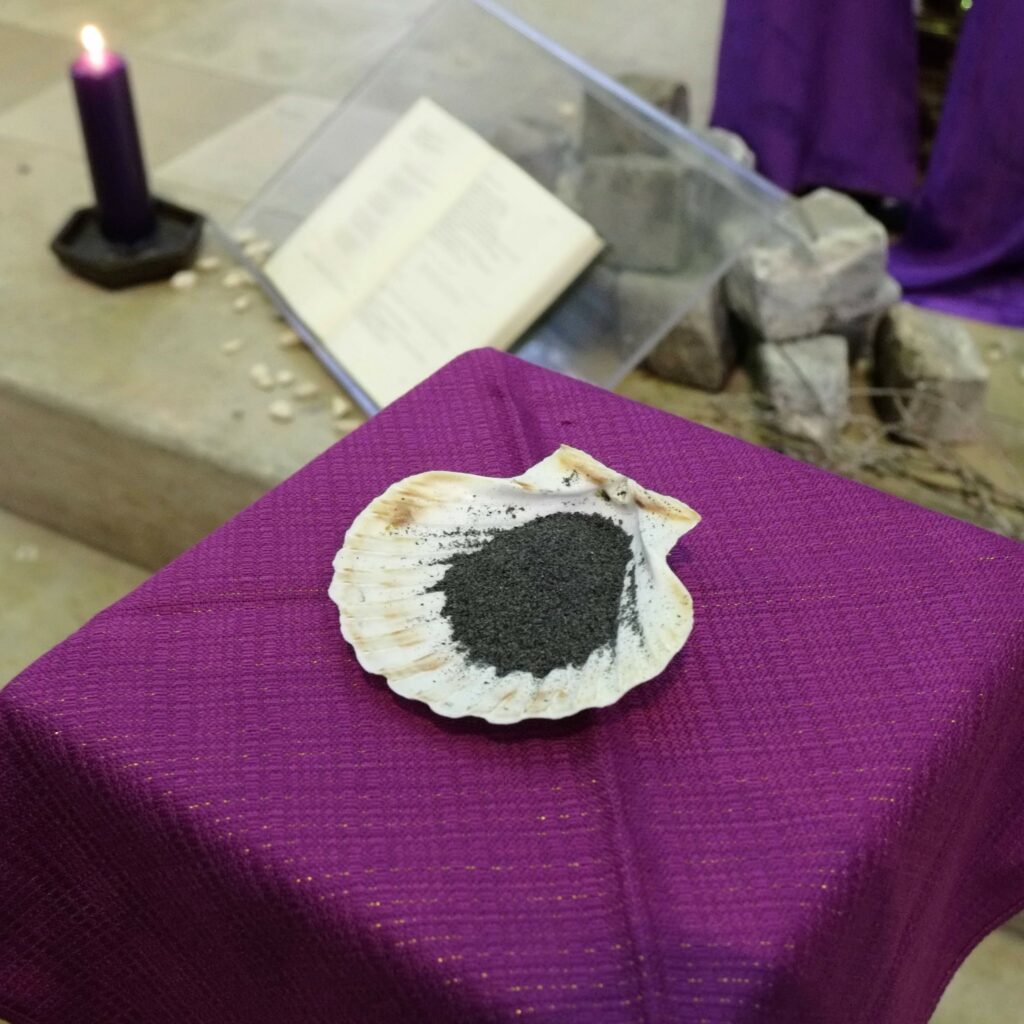
Once again, for forty days we are given the opportunity, through our fasting, prayer, and solidarity, to be healed from what deceives us and holds us back from becoming fully human, fully Christian.
Or as a Lenten preface puts it so well: “For by your gracious gift each year your faithful await the sacred paschal feasts with the joy of minds made pure, so that, more eagerly intent on prayer and on the works of charity, and participating in the mysteries by which they have been reborn, they may be led to the fullness of grace that you bestow on your sons and daughters.”
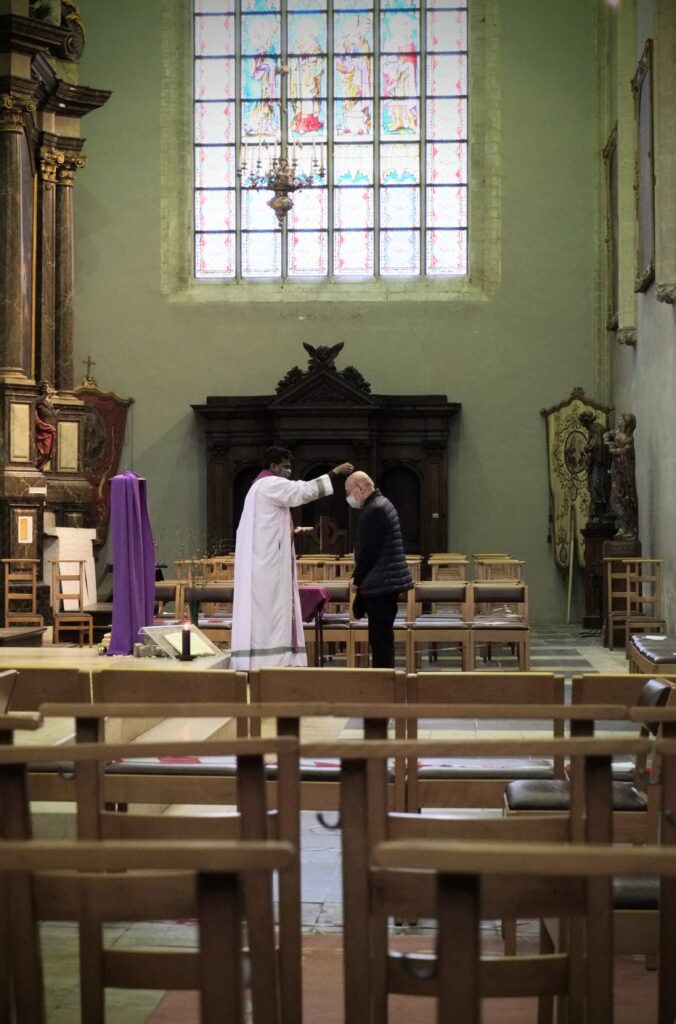
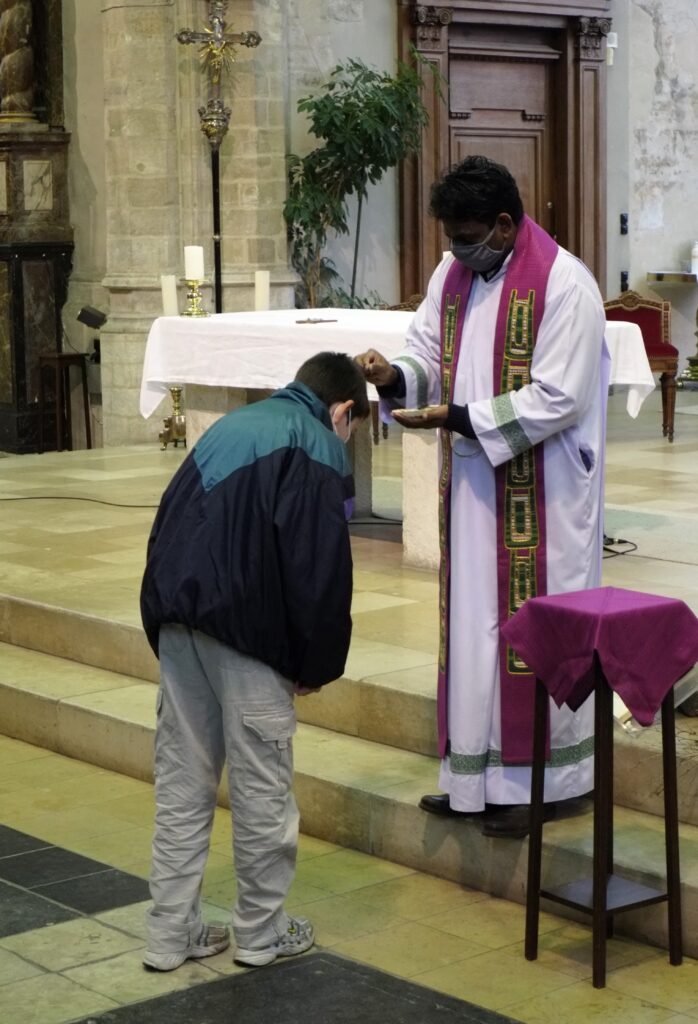
So we can see Lent as a truly beneficial time to prepare ourselves fully for the Paschal Mystery: the suffering, death and resurrection of Christ, in which we as Christians may share.
